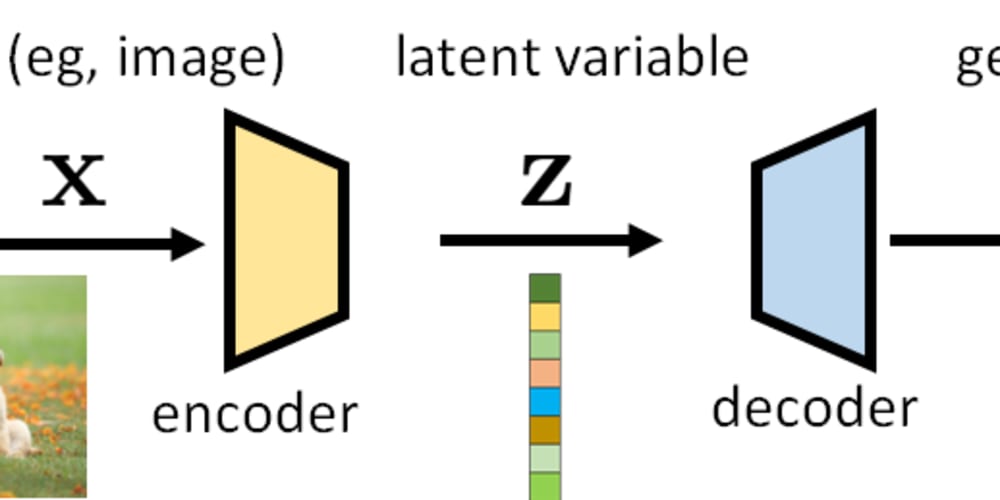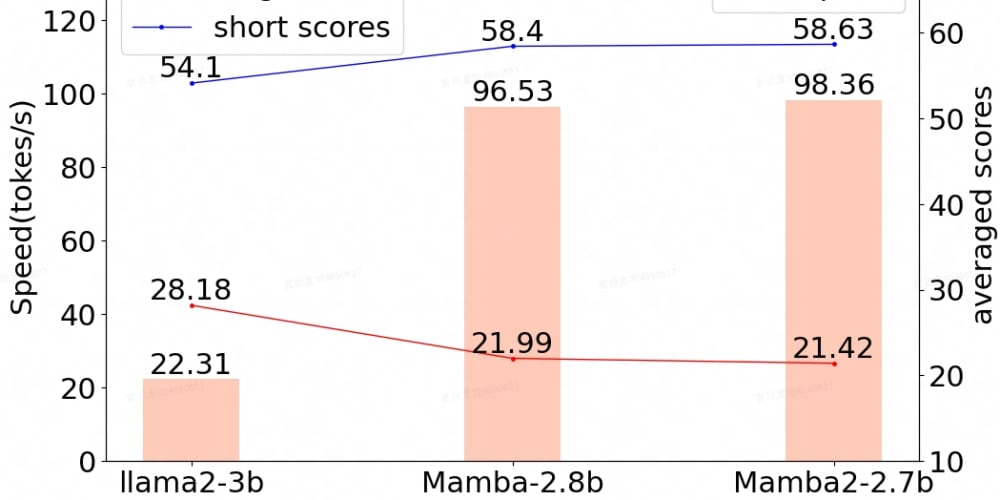Object-Oriented Programming (OOP): A Comprehensive Guide
Object-oriented programming (OOP) is a powerful programming paradigm that has revolutionized software development. It allows programmers to organize code into modular, reusable units called objects, promoting code reusability, maintainability, and flexibility. This comprehensive guide delves into the core concepts, benefits, and practical aspects of OOP, providing a thorough understanding of this fundamental programming approach.
1. Introduction
1.1 What is Object-Oriented Programming?
Object-oriented programming (OOP) is a programming paradigm based on the concept of "objects" that encapsulate data and methods. These objects interact with each other to perform complex tasks. OOP promotes modularity, code reuse, and maintainability, making it a popular choice for building large and complex software systems.
1.2 Historical Context
OOP's roots can be traced back to the 1960s with the development of Simula, a programming language that introduced the concepts of classes and objects. However, the paradigm gained widespread acceptance with languages like Smalltalk in the 1970s and C++ in the 1980s. Today, OOP is a cornerstone of many popular programming languages, including Java, Python, C#, and Ruby.
1.3 Problem Solved by OOP
Prior to OOP, procedural programming dominated the landscape. In procedural programming, code is organized as a sequence of instructions. This approach often led to complex and difficult-to-maintain programs, especially for large software projects. OOP addressed these challenges by introducing the concept of objects, allowing programmers to model real-world entities and their relationships in a more intuitive and structured way.
2. Key Concepts, Techniques, and Tools
2.1 Fundamental Concepts
OOP revolves around four key concepts: Abstraction, Encapsulation, Inheritance, and Polymorphism.
- Abstraction : Abstraction simplifies complex systems by focusing on essential features while hiding implementation details. For example, a car can be abstracted as a "vehicle" with methods like "start" and "stop", regardless of the specific engine type.
- Encapsulation : Encapsulation binds data and methods within an object, protecting them from external access and ensuring data integrity. This promotes modularity and reduces the likelihood of errors.
- Inheritance : Inheritance allows creating new classes (child classes) based on existing classes (parent classes), inheriting their properties and methods. This facilitates code reuse and promotes a hierarchical structure.
- Polymorphism : Polymorphism means "many forms". It allows objects of different classes to be treated as objects of a common type, enabling code flexibility and extensibility.
2.2 Tools and Libraries
OOP is supported by a wide range of tools and libraries. Some popular examples include:
- Object-Oriented Programming Languages : Java, Python, C#, Ruby, Smalltalk, etc.
- Design Patterns : Predefined solutions to common design problems in OOP. Examples include the Singleton, Factory, and Observer patterns.
- Object-Relational Mapping (ORM) Frameworks : Frameworks like Hibernate (Java) and Django ORM (Python) map objects to relational databases, simplifying data interaction.
- Unit Testing Frameworks : Frameworks like JUnit (Java) and pytest (Python) help developers write and execute unit tests for object-oriented code.
2.3 Current Trends and Emerging Technologies
OOP continues to evolve with emerging technologies:
- Functional Programming : While OOP focuses on objects, functional programming emphasizes functions and immutability. Modern languages often combine OOP and functional paradigms.
- Microservices : Microservices architecture promotes building applications as a collection of small, independent services, often utilizing OOP principles.
- Artificial Intelligence (AI) and Machine Learning (ML) : AI and ML algorithms are increasingly implemented using OOP concepts to represent data structures and model behavior.
2.4 Industry Standards and Best Practices
Several industry standards and best practices guide OOP development:
- SOLID Principles : A set of design principles (Single Responsibility, Open/Closed, Liskov Substitution, Interface Segregation, Dependency Inversion) to promote maintainable and flexible OOP code.
- Agile Methodologies : Agile development methodologies, like Scrum and Kanban, emphasize iterative development and collaboration, which are well-suited for OOP projects.
- Code Review : Code review is a crucial practice in OOP to ensure code quality, maintainability, and consistency.
3. Practical Use Cases and Benefits
3.1 Real-World Applications of OOP
OOP finds applications across various domains:
- Desktop Applications : GUI-based applications (e.g., Microsoft Word, Adobe Photoshop) often use OOP to model user interface elements.
- Web Applications : Frameworks like Django (Python) and Spring (Java) utilize OOP for building complex web applications.
- Mobile Applications : OOP is widely used in Android (Java) and iOS (Swift) development to create mobile apps.
- Games : Game development relies heavily on OOP to represent game objects, characters, and interactions.
- Data Science and Machine Learning : OOP is employed in data analysis and machine learning to model complex data structures and algorithms.
3.2 Advantages of OOP
OOP offers numerous benefits:
- Modularity : OOP promotes breaking down code into self-contained modules (objects), making code easier to understand, debug, and modify.
- Reusability : Objects can be reused in different parts of a program or in multiple projects, reducing development time and effort.
- Maintainability : Code organized using OOP principles is easier to maintain, as changes to one module typically don't affect other parts of the code.
- Extensibility : New functionalities can be easily added by creating new classes that inherit from existing ones.
- Data Security : Encapsulation protects data from unauthorized access, promoting data integrity.
- Code Collaboration : OOP facilitates team collaboration by allowing developers to work on different modules independently.
3.3 Industries Benefiting from OOP
OOP benefits industries ranging from software development to financial services:
- Software Development : OOP is the foundation for building robust and scalable software applications.
- Financial Services : OOP is used in banking, insurance, and investment management systems for managing financial data and transactions.
- Healthcare : Healthcare applications use OOP to manage patient records, medical imaging, and other sensitive data.
- E-commerce : OOP powers online shopping platforms, handling order processing, inventory management, and payment gateways.
- Gaming : OOP is essential for developing complex and immersive video games.
4. Step-by-Step Guides, Tutorials, and Examples
4.1 Simple OOP Example (Python)
Let's illustrate OOP with a simple Python example:
class Dog:
def __init__(self, name, breed):
self.name = name
self.breed = breed
def bark(self):
print("Woof!")
my_dog = Dog("Buddy", "Golden Retriever")
print(my_dog.name) # Output: Buddy
my_dog.bark() # Output: Woof!
In this example, we define a class called "Dog" that represents a dog object. The `__init__` method is a constructor that initializes the dog's name and breed. The `bark` method simulates a dog's bark. We then create an instance of the "Dog" class called `my_dog` and access its properties and methods.
4.2 Inheritance Example (Python)
Inheritance lets us create new classes based on existing ones:
class Animal:
def __init__(self, name):
self.name = name
def speak(self):
print("Generic animal sound")
class Dog(Animal):
def speak(self):
print("Woof!")
class Cat(Animal):
def speak(self):
print("Meow!")
my_dog = Dog("Buddy")
my_cat = Cat("Whiskers")
my_dog.speak() # Output: Woof!
my_cat.speak() # Output: Meow!
Here, we define a parent class "Animal" and two child classes, "Dog" and "Cat", inheriting from "Animal". Each child class overrides the `speak` method to provide specific sounds for dogs and cats.
4.3 Tips and Best Practices
- Follow SOLID Principles : Adhere to SOLID principles for well-structured and maintainable code.
- Use Design Patterns : Leverage design patterns to address common design challenges in OOP.
- Write Unit Tests : Write unit tests to ensure the correctness and functionality of your OOP code.
- Document Your Code : Use comments and docstrings to document your code and make it easier to understand.
- Practice Code Reviews : Engage in code reviews to identify potential issues and improve code quality.
4.4 Resources
- GitHub Repositories : Search for OOP-related projects on GitHub for code examples and inspiration.
- Online Tutorials : Explore online tutorials and courses for hands-on OOP learning.
- Official Documentation : Refer to the official documentation of your chosen programming language for detailed information on OOP features and best practices.
5. Challenges and Limitations
5.1 Complexity of OOP
OOP can become complex, especially for large and complex projects. Understanding design patterns, inheritance hierarchies, and object interactions can be challenging for beginners.
5.2 Overuse of OOP
Not every problem requires OOP. For smaller, simpler programs, procedural programming might be more efficient. Overusing OOP can lead to unnecessary complexity.
5.3 Performance Considerations
OOP can sometimes lead to performance overhead due to the overhead of object creation and method calls. In performance-critical applications, careful optimization is crucial.
5.4 Overcoming Challenges
- Start Simple : Begin with basic OOP concepts and gradually tackle more complex topics.
- Use Design Patterns : Employ well-established design patterns to simplify complex OOP designs.
- Optimize for Performance : Consider performance implications of OOP choices and optimize where necessary.
- Learn from Experienced Developers : Seek guidance from experienced OOP developers to learn best practices and avoid common pitfalls.
6. Comparison with Alternatives
6.1 Procedural Programming
OOP is often compared to procedural programming. Procedural programming focuses on a sequence of instructions, whereas OOP emphasizes objects and their interactions.
Key Differences :
- Data Encapsulation : OOP provides stronger data encapsulation, while procedural programming often has less emphasis on data protection.
- Code Reusability : OOP promotes code reusability through inheritance and polymorphism, which is typically less common in procedural programming.
- Modularity : OOP encourages modularity by breaking down code into objects, while procedural programming often results in larger, monolithic programs.
Choosing between OOP and Procedural Programming :
- OOP : Best suited for large, complex projects where maintainability, reusability, and data security are paramount.
- Procedural Programming : More efficient for smaller, simpler programs where clarity and performance are critical.
6.2 Functional Programming
Functional programming emphasizes functions and immutability, contrasting with OOP's focus on objects and state.
Key Differences :
- State Management : OOP manages state within objects, while functional programming avoids mutable state.
- Functions vs. Objects : Functional programming prioritizes functions as first-class citizens, while OOP centers around objects.
- Side Effects : Functional programming strives to minimize side effects, while OOP allows side effects through object interactions.
Choosing between OOP and Functional Programming :
- OOP : Well-suited for modeling real-world entities and handling complex interactions between objects.
- Functional Programming : Excellent for concurrency, parallel processing, and mathematical computations, as it avoids side effects and state management complexities.
7. Conclusion
Object-oriented programming (OOP) is a powerful and versatile programming paradigm that has revolutionized software development. It enables programmers to model real-world entities, promote code reusability, and improve code maintainability. This guide has provided a comprehensive overview of OOP concepts, benefits, practical applications, and potential challenges.
7.1 Key Takeaways
- OOP is based on objects that encapsulate data and methods.
- Abstraction, Encapsulation, Inheritance, and Polymorphism are fundamental OOP concepts.
- OOP offers numerous benefits, including modularity, reusability, maintainability, and data security.
- OOP finds applications in various domains, from desktop applications to mobile apps and data science.
- OOP has challenges, including potential complexity, overuse, and performance considerations.
7.2 Next Steps
- Hands-on Practice : Practice OOP concepts by coding simple OOP examples in your chosen programming language.
- Explore Design Patterns : Learn about common design patterns used in OOP to address specific design challenges.
- Read Books and Articles : Delve deeper into OOP by reading books and articles on OOP design principles and best practices.
- Join Online Communities : Engage with other OOP developers in online communities to ask questions, share knowledge, and learn from others.
7.3 Future of OOP
OOP continues to evolve with emerging technologies like functional programming, microservices, and AI/ML. OOP principles will remain relevant as a fundamental approach to organizing and managing complex software systems in the future.
8. Call to Action
Embark on your journey into the world of OOP! Experiment with the concepts, explore various OOP languages, and leverage the power of OOP to build robust and maintainable software solutions.
Further explore related topics such as design patterns, SOLID principles, and object-oriented analysis and design (OOAD) to enhance your OOP expertise.


















